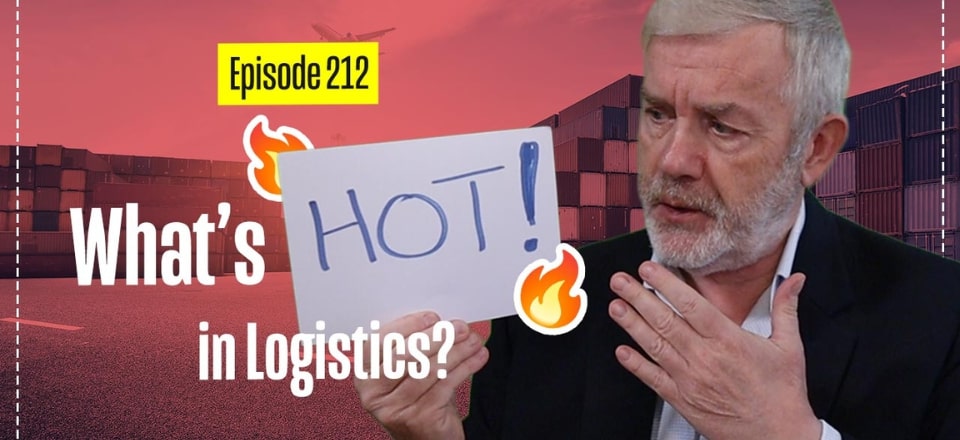Keeping up with the latest logistics trends can greatly benefit you and your company’s operations and strategies.
Are you aware of the current trends in logistics today? The latest developments might not be what you expect.
Discover surprising insights and updates in logistics with Rob’s expertise and knowledge in the field.
This week’s discussion highlights the latest trends in logistics based on insights from over 200 global client projects. These trends reveal the challenges and innovations shaping the industry today.
Inventory Management and Warehousing
During the pandemic, businesses stockpiled inventory to manage supply chain disruptions. Now, the focus is on reducing excess inventory and improving management practices. Companies are adopting advanced tools for better demand forecasting and inventory deployment. Many are still struggling with accurate demand planning, leading to inefficiencies like back orders and suboptimal inventory distribution across warehouses.
The shortage of warehousing space remains a significant issue. In countries like Australia, finding warehousing space is particularly challenging. Businesses are optimizing existing warehouses by redesigning layouts and implementing new storage solutions. By introducing different types of materials handling equipment or storage systems, companies can increase storage capacity by 20-30% without moving to larger facilities. Automation, even at a basic level, can provide substantial benefits in enhancing efficiency and postponing the need for new warehouses.
Freight Challenges and Solutions
The freight sector faces disruptions due to driver shortages and long lead times for new trucks. These issues are exacerbated by supply chain disruptions. Companies are reassessing their freight strategies, evaluating rate structures, and conducting thorough audits of contracts to manage costs effectively. It’s not just about the rate per ton or pallet; it’s about the entire rate structure, including weight breaks and the use of full truckload versus less-than-truckload shipments.
Auditing existing freight contracts can reveal significant savings opportunities without the disruption of switching carriers. Companies are also exploring alternative transport providers and re-evaluating their relationships with current carriers to improve performance and cost efficiency.
Embracing Technology in Logistics
Technology plays a crucial role in modern logistics. Larger organizations often lead in adopting new technologies due to their scale and speed-to-market requirements. These companies invest heavily in automation, robotics, and advanced supply chain management systems to maintain competitive advantages.
However, businesses of all sizes should identify specific operational needs before adopting new technologies. A targeted approach ensures that investments align with business goals and provide tangible benefits. It’s important to focus on the problems that need solving and then choose the appropriate technology, rather than adopting technology for its own sake.
If you want detailed insight about this topic, watch the video above.
Related articles on this topic have appeared throughout our website, check them out:
- Struggling with Logistics Challenges? A 3PL Might be Your Salvation
- Raising Productivity in Logistics Operations: The BHAG Approach
- Selling Online? What It Means for Your Logistics Network Design
- Reverse Logistics: Who Does it Well?
- Getting Aligned with Business Goals for Successful Logistics Outsourcing
Editor’s Note: The content of this post was originally published on Logistics Bureau’s website dated October 04, 2023, under the title “What’s Hot in Logistics?“.

